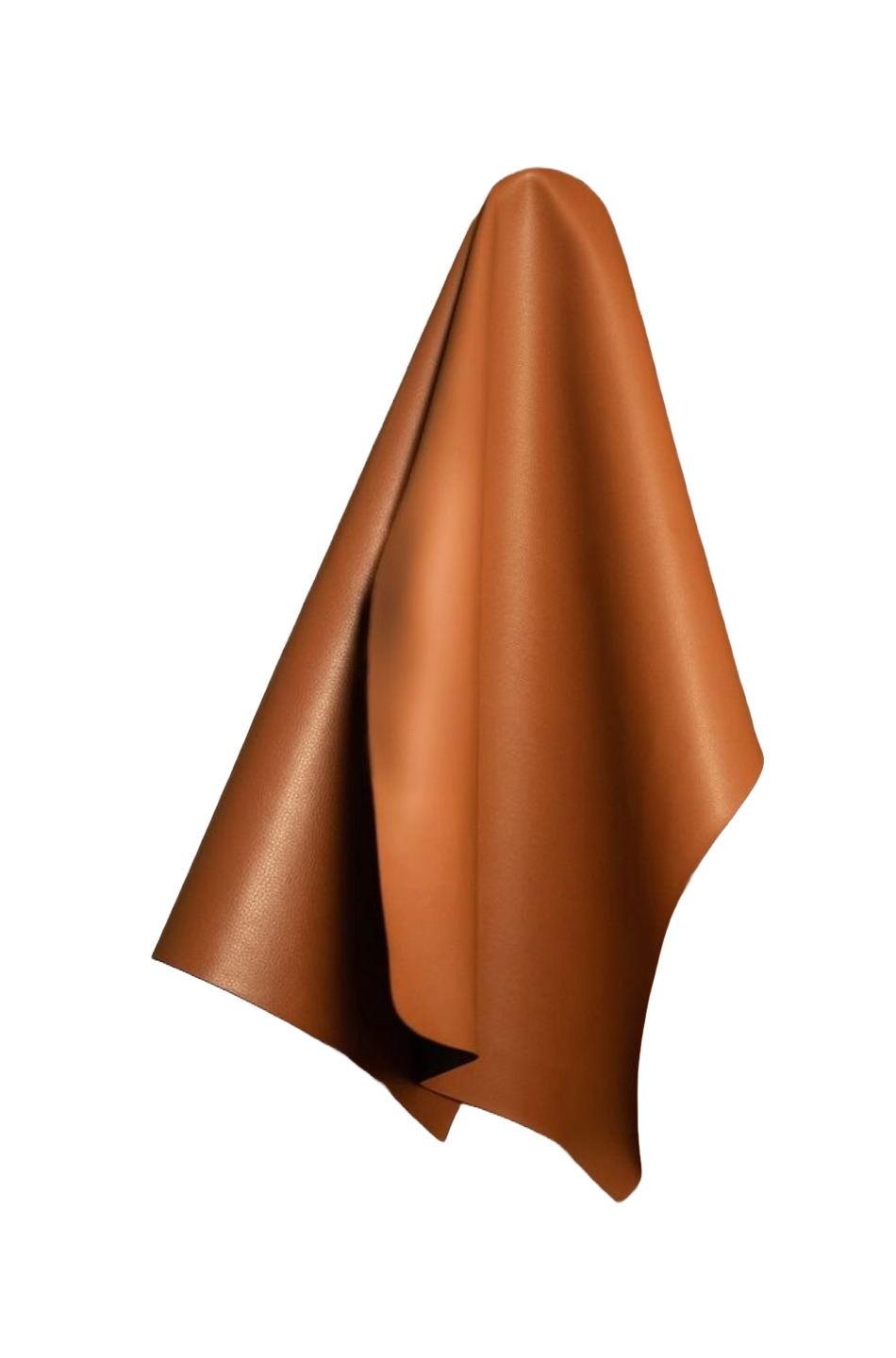Emerging Sustainable materials
As the fashion industry expands and increasingly focuses on sustainability, a crucial aspect to consider is the materials used to make clothes. Companies are innovating to create fabrics that are less harmful to the environment. This article will explore the sustainable fabrics that are making a mark in the industry.
Leather Alternatives:
VitroLabs: This company produces lab-grown leather mimicking traditional leather's appearance and texture, using a small number of animal cells. With a recent $46 million funding round, and investment from Kering, VitroLabs is gaining significant attention.
Mirum: Developed by Natural Fiber Welding, Mirum offers a plastic-free leather substitute that's fully recyclable. Brands like Allbirds, Pangaia, and Ralph Lauren have utilized Mirum in their products.
VitroLabs Leather
Mirum Leather
Recycled Textiles:
Circulose: Renewcell's Circulose is crafted from 100% discarded clothing. The process transforms cotton from old garments into wood pulp, leading to a renewable viscose material. H&M and Levi’s are among the companies using Circulose.
Circulose
Bio-Based Fabrics:
Kintra: Produced from sugars derived from corn and wheat, Kintra is being developed in partnership with Pangaia as a biodegradable alternative to polyester.
Clarus: Created by Natural Fiber Welding, Clarus transforms natural fibers into high-performance textiles similar to synthetic materials. Ralph Lauren has recently launched Polo shirts featuring this innovative fiber.
Kintra
Clarus
Carbon-Negative Materials:
AirCarbon: This material by Newlight Technologies is carbon-negative, absorbing CO2 from the atmosphere. It is made by marine organisms that convert methane and carbon dioxide into a meltable molecule. Newlight's partnership with Nike in 2021 places AirCarbon in the spotlight.
AirCarbon
The fashion industry's shift towards sustainability is being propelled by innovative materials like VitroLabs' lab-grown leather, Mirum's recyclable leather alternative, and Renewcell's Circulose created from discarded clothing. Additionally, bio-based fabrics such as Kintra and Clarus are redefining eco-friendly textiles, while Newlight Technologies' AirCarbon represents a breakthrough in carbon-negative materials. These developments not only mark a significant stride towards reducing environmental impact but also demonstrate the industry's commitment to balancing fashion with ecological responsibility.
Sources: Chan, E. (2022, June 29). 12 Materials Of The Future That Could Change The Face Of Fashion. British Vogue. Retrieved December 14, 2023, from https://www.vogue.co.uk/fashion/article/new-sustainable-materials





